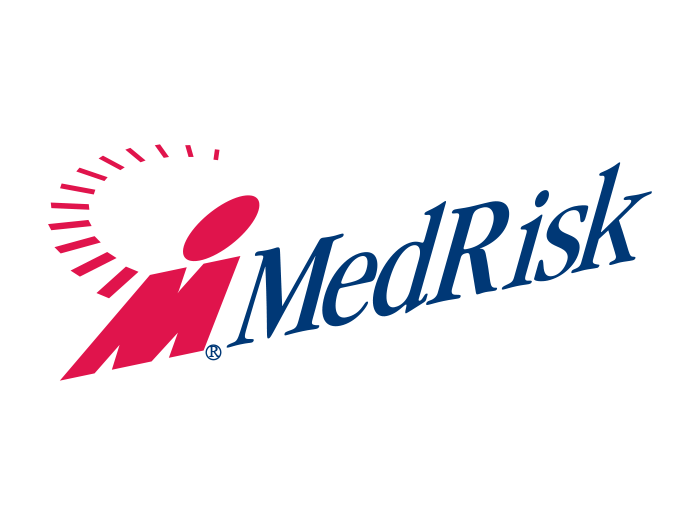Sponsored Content by Broadspire
How TPAs Can Help Risk Managers Use Technology to Optimize Claims Outcomes

Managing a claim means dealing with a loss that’s already happened, so it makes sense that claims administration can be perceived as a reactive rather than proactive function.
For that reason, the marketplace often treats third party administrators as a commodity. TPAs can be seen as claim process workhorses. Give them a task, they get it done. For checking items off the to-do list, they are reliable partners. But is it possible to look to a TPA to be a consultative partner for long term change?
A well led cross-functional team, effectively using data and equipped to effect process change, can help transform a TPA engagement from a solely reactive service provider into a true consultative partnership.
“The TPA sometimes doesn’t have a seat at the table, but they should,” said Joel Raedeke, the SVP of Technology and Analytics for Broadspire, Crawford & Company’s TPA. “With the right tools and resources, a TPA can help risk managers become visionary leaders of their claims organization.”
The solution is to partner with a TPA that brings these resources to the table so risk managers don’t have to do the heavy lifting themselves. Here are three ways an analytically capable TPA can leverage technology and data-driven insights to help risk managers be proactive, strategic leaders of their claim organization:
1. Capturing data-based stories helps to identify opportunities for action

Joel Raedeke, SVP Broadspire Technology and Analytics
To get organizational alignment and buy-in from the C-suite, risk managers need to tell a good story. The best way to do that is to start at the end.
“The first conversation we have with a client revolves around their objectives for the following year. Not just what needs to get done today, but what do you want to accomplish in 2020?” Raedeke said. “Maybe they want to speed up return to work or reduce litigation. Once a goal is set, we can determine which solutions are the right fit and which metrics are good indicators of where they stand in relation to that goal, and of their progress going forward.”
A central dashboard that synthesizes all the client’s data in one place allows for key performance indicators to be tracked in a clear and transparent way. Purely judgmental criteria produce simple feedback — you’re either on track to meet your goal, or you’re not. Establishing current standing is essential before companies can identify their specific claim drivers and decide what changes will minimize those drivers.
Data visualization tools will let risk managers capture these details and present them as a narrative with a clear beginning, middle and end.
“The best way to appeal to business leaders is through numbers,” Raedeke said. “Our approach is to let the metrics tell the story.”
2. Predictive modeling and analytical expertise identify and quantify opportunities for improvement
If a dashboard provides the macro version of a company’s story, advanced analytical tools can dig deeper into the plot to uncover alternative trajectories that produce a better ending. These tools include predictive models, benchmarking and other investigative capabilities.
Best-in-class TPAs can provide the predictive models to compare a client’s proposed solution to a basket of similar programs in a statistically valid way. Key to this capability is a combination of rich claims data and analytical expertise to design and complete the analysis.
“The combination of the right technology and the right expertise is critical to drive the process forward,” Raedeke said.
For example, a company might set an initial goal to reduce their average number of disability days, and learn through some simple data analysis that their current average is 33 days. “The risk manager will be thinking, ‘Is 33 good or bad?’” Raedeke said.
“We use predictive modeling to benchmark that number to the average across other similar clients in our database — those that are in the same industry and whose employees are doing the same type of work. Maybe we find that the norm is 31 disability days, and the best-in-class companies have an average of 25 disability days. Now this client has a firm new objective to work toward.”
Predictive models can help analysts refine ideas for how to accomplish that objective by projecting potential savings or other operational impacts. These models are critical for risk managers who need data to back up their requests for investment in a new program.
“We’ll show you the data that justifies a specific objective, and how much money you’ll save by meeting that goal,” Raedeke said. “Then we can design programs targeting that new objective.”
3. Effective execution depends on an integrated and coordinated effort
Turning an idea into reality is 5% strategy and 95% execution. To produce results, efficient execution demands clear communication. All of the insights derived from analytical tools and expert opinions need a central place to live in order to be useful.
“New technologies are particularly effective at helping to organize and prioritize information. In addition, they can facilitate fast and efficient communication among the team. In the hands of an experienced TPA, these new tools are the key to transforming analytical insights into real world results. And best of all, we can help clients accomplish this with few demands on their time,” Raedeke said.
With this platform approach, new ideas or issues can be generated, and any team member can add comments or additional details. An entire project plan can take shape within one system to which all stakeholders have access. And, when an account executive for a new client wants to implement a similar solution, they don’t have to recreate the wheel.
“Rather than having to hunt for information and manage through email and spreadsheets, a user can easily search for other teams’ work and see exactly how that solution had been executed in the past,” Raedeke said. “They can create and assign tasks to get the ball rolling and solicit feedback within the system as well.”
A TPA with the Right Resources Will Transform Your Risk Management Program
Broadspire is a TPA that understands the value of being proactive. With its combination of people and technology, it has the resources to help bring risk managers’ visions to life. It does this primarily by aligning its tools and expertise behind its account executives.
Every client is assigned an account executive who is empowered to function as the CEO of the program. In this role, the account executive is able to maintain a long-term strategic vision for the program while being supported by a team of senior managers, claims professionals and data scientists.
Technology, too, is leveraged in a way to make the account executive a strategic driver of change.
“We continually ask how we can deploy technology in a way that helps that account executive to be equipped and staffed like a CEO on behalf of their client,” Raedeke said.
Rather than finding ways to use existing technology to meet a need, they let the needs determine which tools should be involved and how they should be applied.
A single system which incorporates dashboard analytics, investigative tools and communication and organizational features enables this approach. With every resource in one place, account execs are free to focus on the client first and easily access applicable technologies where they fit.
“We’ve made significant investments over the past six years to develop the technology that lets our account executives be fully-empowered visionary leaders for clients,” Raedeke said.
“In the end, risk managers are the primary beneficiaries of our approach as we move the role of a TPA from an effective responder to a consultative partner. This helps risk managers take control of their claims, effect change in their organizations, and elevate the profession as a whole.”
To learn more, visit https://www.choosebroadspire.com.
This article was produced by the R&I Brand Studio, a unit of the advertising department of Risk & Insurance, in collaboration with Broadspire. The editorial staff of Risk & Insurance had no role in its preparation.










